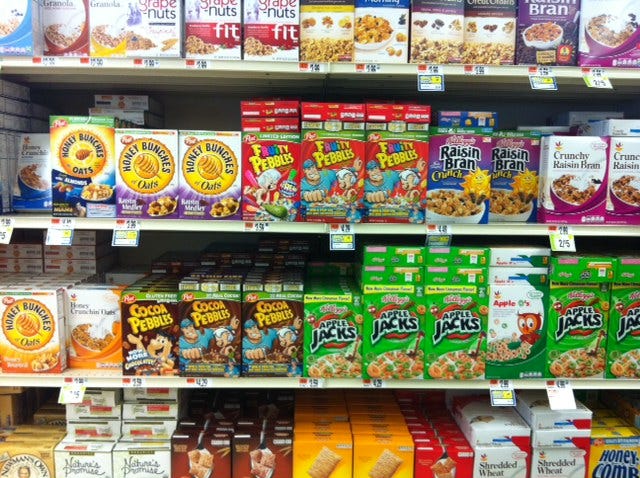How to Read a Label

If you've picked up a newspaper in the past decade, you might be aware of a few basic strategies for shopping smarter in the grocery store. Most of us, for instance, likely know that:
♦ It's wise to stick to the perimeter of the store -- produce, dairy, meat -- where the fresh products are sold. (Interior aisles are filled, floor-to-ceiling, with process…




